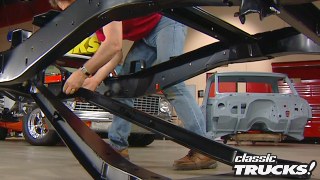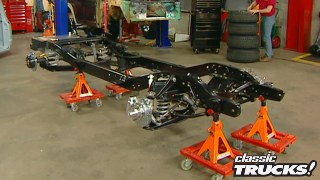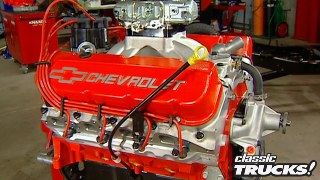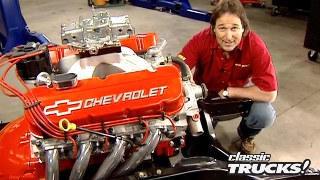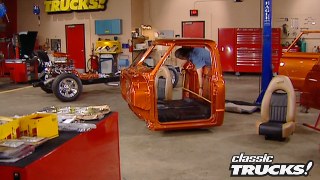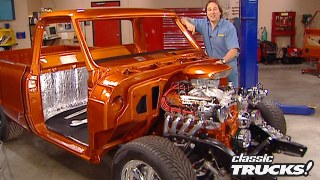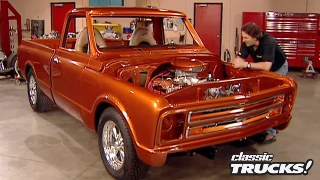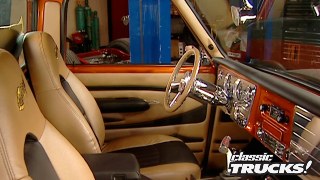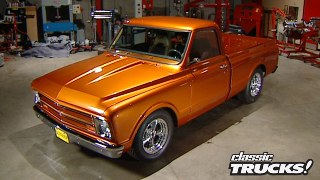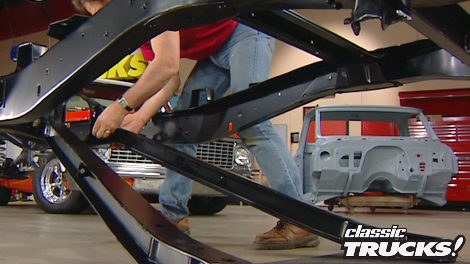
Project Copperhead: 1967 Chevy C10 Suspension Part 1
In this segment, we dive into Project Copperhead by assembling the suspension on the frame of a 1967 Chevy truck. With tools and expertise from renowned metal worker Ron Covell, we learn techniques to enhance both style and performance, turning this classic Chevy into a sleek cruiser with some serious horsepower under the hood.
Season 4
Episode 15
First Air Date: July 20, 2018
